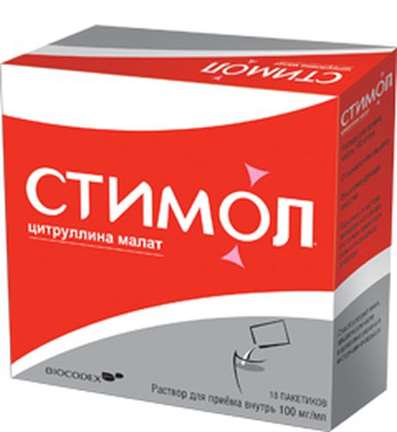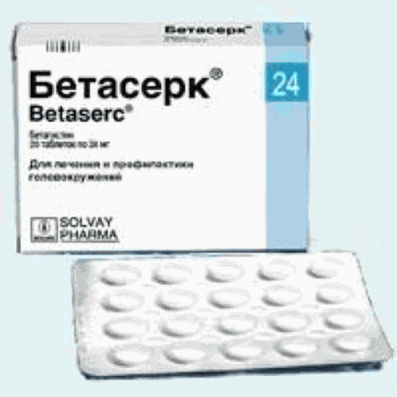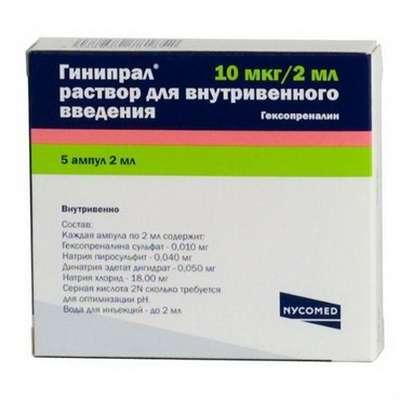Instruction for use: Asinac
I want this, give me price
Active substance Aceclofenac
Dosage form
Tablets, film-coated
Composition
Each tablet contains:
Active substance: aceclofenac 100 mg
Excipients: Microcrystalline cellulose, starch, silicon dioxide colloid, talc purified, magnesium stearate. croscarmellose sodium.
Sheath: Coating instakoat IS-S-010 white (hypromellose, macrogol, purified talc, titanium dioxide)
Description of dosage form
Round, biconvex tablets, covered with a film coat of white color, smooth on both sides.
Pharmacological group
Non-steroidal anti-inflammatory drug (MPVP).
Pharmacodynamics
Aceclofenac is a derivative of phenylacetic acid, it does not selectively inhibit type I and II cyclooxygenase. Aceclofenac has an anti-inflammatory, analgesic and antipyretic effect. Oppresses the synthesis of prostaglandins and, thus, affects the pathogenesis of inflammation, the onset of pain and fever. In rheumatic diseases, the anti-inflammatory and analgesic effect of aceclofenac contributes to a significant reduction in the severity of pain, morning stiffness, swelling of the joints, which improves the functional state of the patient.
Pharmacokinetics
Aceclofenac is rapidly and completely absorbed after ingestion. The time to reach the maximum concentration is 1.25-3 hours. It penetrates into the synovial fluid, where its concentration reaches 57% of the concentration in the plasma and the time to reach the maximum concentration 2-4 hours later than in the plasma. The volume of distribution is 25 liters.
The connection with plasma proteins (albumins) is 99%. Aceclofenac circulates mainly unchanged, its main metabolite is 4'-hydroxyaceticlofenac.
The half-life is 4 hours. It is excreted by the kidneys, mainly in the form of hydroxy derivatives (about 2/3 dose administrations).
Indications
Symptomatic treatment of rheumatoid arthritis, osteoarthritis, ankylosing spondylitis. It is intended for symptomatic therapy, reducing pain and inflammation at the time of use, the progression of the disease is not affected.
Contraindications
erosive-ulcerative lesions of the gastrointestinal tract in the acute phase
gastrointestinal bleeding or suspicion of it;
complete or incomplete combination of bronchial asthma, recurrent polyposis of nasal mucosa and paranasal sinuses and intolerance to acetylsalicylic acid or other NSAIDs (including in the anamnesis);
hypersensitivity to aceclofenac or drug components;
period after aortocoronary shunting;
severe hepatic impairment or active liver disease;
inflammatory bowel disease (Crohn's disease, ulcerative colitis) in the phase of exacerbation;
Decompensated heart failure;
disorders of blood formation and clotting of blood;
severe renal failure, progressive kidney disease, hyperkalemia;
pregnancy and lactation;
children's age till 18 years.
Carefully
Diseases of the liver, kidney and gastrointestinal tract in history, bronchial asthma, arterial hypertension, a decrease in the volume of circulating blood (including immediately after extensive surgery), coronary heart disease, mild or moderate chronic renal failure, mild or moderate hepatic insufficiency, cardiac insufficiency, cerebrovascular diseases, dyslipidemia / hyperlipidemia, diabetes mellitus, peripheral arterial disease, smoking, old age, prolonged use history of NSAIDs, frequent alcohol use, concomitant therapy with the following drugs:
anticoagulants (eg, warfarin)
antiaggregants (eg, acetylsalicylic acid, clopidogrel).
oral glucocorticosteroids (eg, prednisolone).
selective serotonin reuptake inhibitors (eg, citalopram, fluoxetine, paroxetine, sertraline).
Dosing and Administration
Inside. Tablets should be swallowed whole, with enough liquid.
Usually adults are prescribed 1 tablet of 100 mg 2 times a day: one tablet in the morning and one in the evening. A minimum effective dose should be used with the minimum possible short course.
Side effects
From the gastrointestinal tract: nausea, vomiting, diarrhea, epigastric pain, intestinal colic, dyspepsia, flatulence, anorexia, constipation; In rare cases, erosive and ulcerative lesions, bleeding and perforation of the gastrointestinal tract (hematemesis, melena), stomatitis including aphthous, pancreatitis are noted.
From the side of the nervous system: sometimes there is headache, dizziness, sleep disturbances (insomnia or drowsiness), excitement, in some cases, sensitivity disorders, disorientation, memory, vision, hearing, taste, tinnitus, convulsions, irritability, tremor , depression, anxiety, vertigo, aseptic meningitis, paresthesia.
Allergic manifestations: sometimes there is a skin rash, seldom - hives, individual cases of eczema, polymorphic erythema, erythroderma, rarely had attacks of bronchial asthma; systemic anaphylactic reactions, in some cases vasculitis. pneumonitis, Stevens-Johnson syndrome and Lyell syndrome, anaphylactic shock.
From the kidneys: rarely peripheral edema, in some cases, acute renal failure, interstitial nephritis, nephrotic syndrome, hematuria, proteinuria.
From the side of the liver: a transient increase in the activity of transaminases in the blood, rarely hepatitis, in some cases fulminant hepatitis.
On the part of the hematopoiesis system: leukopenia, individual cases of thrombocytopenia, agranulocytosis are described. hemolytic anemia, aplastic anemia.
From the side of the cardiovascular system: single cases of tachycardia, arterial hypertension, congestive heart failure are noted. IHD.
Overdose
Symptoms:
The clinical picture is determined by violations from the central nervous system (headache, dizziness, hyperventilation with increased convulsive readiness) and gastrointestinal disorders (abdominal pain, nausea, vomiting).
Treatment:
In case of an overdose, gastric lavage, administration of activated charcoal, symptomatic therapy are indicated. There is no specific antidote. Forced diuresis, hemodialysis, blood transfusion - ineffective.
Interaction
With simultaneous application of Asinak and:
digoxin, phenytoin, or lithium preparations - the plasma content of these drugs may increase;
diuretics and antihypertensive drugs - the effect of these drugs may be weakened;
other NSAIDs or glucocorticosteroids - there is an increased risk of side effects from the gastrointestinal tract;
selective serotonin reuptake inhibitors (citalopram, fluoxetine, paroxetine, sertraline) - increase the risk of bleeding from the gastrointestinal tract;
cyclosporine - may increase the toxic effect of the latter on the kidneys;
hypoglycemic agents - can cause both hypo - and hyperglycemia. With this combination of funds you need to monitor the blood glucose:
methotrexate within 24 hours before or after its administration - may lead to an increase in the concentration of methotrexate and to an increase in its toxic effect;
antiplatelet agents and anticoagulants - the risk of bleeding increases (regular coagulation monitoring is necessary).
special instructions
During the treatment with the drug should be a systematic control of the picture of peripheral blood, liver function, kidneys, examination of feces on the presence of blood. The drug has a symptomatic effect without affecting the progression of the disease.
If there are signs of liver damage (skin itching, jaundice, nausea, vomiting, abdominal pain, darkening of urine, increased activity of liver transaminases), stop taking the drug and consult a doctor. Do not use the drug simultaneously with other NSAIDs.
The drug can alter the properties of platelets, but does not replace the preventive effect of acetyl salicylic acid in cardiovascular diseases. The use of the drug may adversely affect female fertility and is not recommended for women planning pregnancy. After 2 weeks of using the drug, it is necessary to monitor the indicators of liver function ("transaminase"). To reduce the risk of developing adverse events on the part of the gastrointestinal tract, a minimum effective dose should be used with the minimum possible short course. Patients in whom the intake of NSAIDs caused side effects that could affect the concentration of attention and the speed of mental and motor reactions, it is necessary to refrain from driving motor vehicles. You should avoid the simultaneous use of alcohol.
Form of issue
Tablets coated with a film coat of 100 mg. 10 tablets per blister from Al / Al. By 1. 3 or 1 0 blisters together with instructions for use in a pack of cardboard.
Storage conditions
At a temperature of no higher than 25 ° C, in a dry place. Keep out of the reach of children.
Shelf life
3 years.
Do not use the drug with expired shelf life.
Conditions of leave from pharmacies
On prescription.

 Cart
Cart





